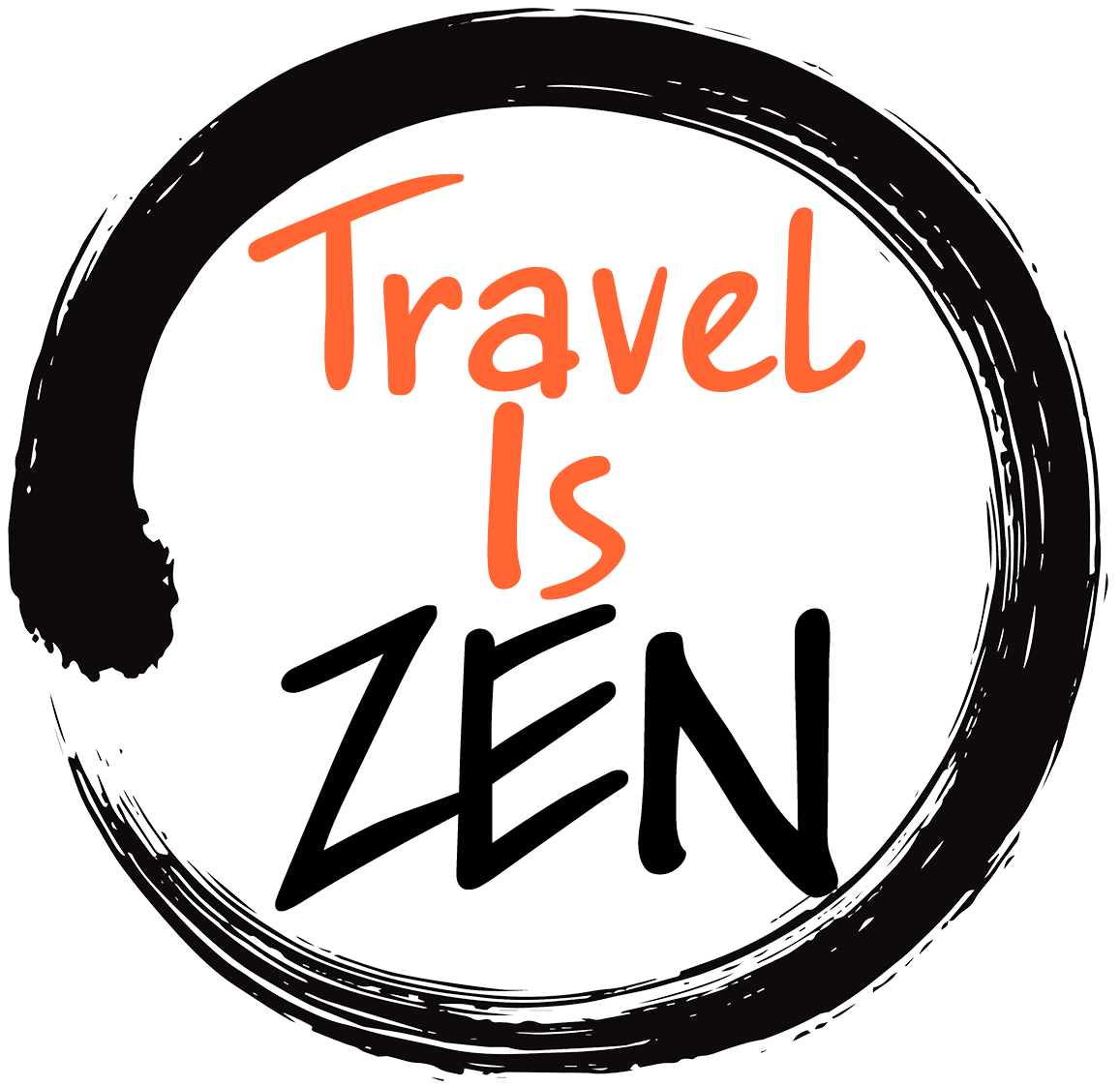Yakushima: Communing with the Giants
During our active 17 day roadtrip of Kyushu, Yakushima Island’s lush, semi-tropical forests, white sandy beaches, lazy monkeys, and memorable sunsets calmed our minds and renewed our spirits! Off the southern coast of Kyushu, Yakushima’s soaring cedar forest is a UNESCO World Heritage site.
Giant Yakusugi Cedars Inspire a Sense of Time
In a world adapted by humans to accommodate our own comforts, our inflated egos create the illusion of importance. With a shallow temporal perspective, we believe we are special. We forget that the planet and a myriad of its inhabitants have existed for eons, morphing and evolving in a continuous cycle of creative destruction and re-birth. We fragile, tiny humans exist in a mere nano second of time — forcefully felt when in the presence of giant trees powerfully rooted for a millenium.
Gnarled, weathered, scarred — but not broken! — the giant Yakusugi trees of Yakushima have kept calm and carried on through periods of drought, fire, flood, excessive heat, blizzards, war, and whatever else the characters and winds of change presented. In the old forest, some trees even survived the wrath of man, escaping the chainsaws that laid to rest so many of their brethren. Jomon Sugi is the grand-daddy of them all, estimated to be 2,000 to 7,200 years old! To visit Jomon Sugi and a host of other living relics of a by-gone era, we followed an old logging trail - itself dating back nearly 500 years. After a long walk along train tracks, the trail headed up a steep and rugged mountain slope, with mud, snow, gnarly roots, and rocks; steps and boardwalks for the harder sections. The drive to the Arakawa trailhead plus the round-trip 12.5 mile hike took about 8 hours.
The next day, we communed with more beautiful giants in Yakusugi Land, where the trails are a little easier and signboards highlight points of interest. Nearby, the Yakushima Museum has a wonderful film explaining the history of logging on the island, as well as the grassroots conservation efforts by citizens in the 1970’s to save the remaining trees. It was heartbreaking to learn just how many of the thousand year old Yakusugi were cut down over the centuries (to be used for shingles!)… but also inspiring to witness the ongoing efforts of local people to preserve, protect, and restore the forests for future generations.
Waterfalls, Beaches, Monkeys, and Sunsets
Yakushima is a small island, with one main highway circumnavigating its shoreline. We rented a car at the ferry port when we arrived, which enabled us to get up early and explore most of the trails, beaches, small towns, and parks in just four days. We hit the key points of interest: Jomonsugi Trail, Yakusugi Land and Museum, Senpiro and Ohko Waterfalls, Isso and Nagata Beaches, Sunset Point, the World Heritage Coastal Road, Todai Lighthouse, and all the beautiful sites in between. Most of these tourist spots are easily accessible via a short walk from the attraction’s parking area. The exception is Senpiro Falls, which does have a steep descent on well-maintained stairs.
Click any photo for a larger slideshow…
Driving in Yakushima Off-Season
A few notes about our driving experience in Yakushima. During the high season in the summer, the narrow, windy roads along the coast and into the mountains become congested with tourists in rented cars. It is recommended that people use the hop-on-hop-off bus system in high season. We visited in February, so the buses were not running on a predictable schedule. There were very few tourists, so we had the roads practically to ourselves. We did not run into traffic problems, but I will say that driving in Yakushima is not easy. The roads can be treacherous, with the risk of landslides, curves, blindspots, and wildlife — deer and macaque monkeys — lounging on the warm pavement. Drive time always took longer than expected… not to mention the million times we pulled over to take photos of the beautiful scenery!
Dining in Yakushima
We stayed at Healing House Tsuwanko (癒しの館 つわんこ) in Anbo. Our bed-and-breakfast hosts prepared a huge locally-sourced kaiseki dinner for us every evening and arranged a packed lunch upon request for our long hike to Jomonsugi. After full days of hiking, we also enjoyed the onsen hot spring bath!
Yakushima’s largest town is Anbo and becomes pretty empty in February. We did not have a lot of restaurant options, but still managed to find a few gems that were open.
Breakfast: There’s a mom-and-pop diner called Amayadori (あまやどり) that serves a giant western-style breakfast with toast, eggs, bacon and bottomless coffee. The owners are the sweetest! They talked to us in English while we ate at their counter.
Lunch: We highly recommend the Udon Noodle Restaurant (屋久どん) near the port. In addition to good food, the interior of the restaurant showcases wood sculptures from master carvers. The restaurant overlooks the bay for beautiful views, with a whimsical park-like setting in the front. Before or after, pop into the Yakusugi Woodcraft Factory to see (or purchase) cedar tables, sculptures, and more.
Click any photo for a larger slideshow…
The four days we spent in Yakushima were the calmest, most soul-cleansing days of our entire 17 day Kyushu roadtrip. Traveling in the off-season, there were many things we couldn’t do or see — the loggerhead turtles were not laying eggs, the dolphin tours were suspended for the season, and we didn’t swim or scuba dive. But just being in the presence of some of the world’s tallest, timeless trees was spiritually grounding.


























































